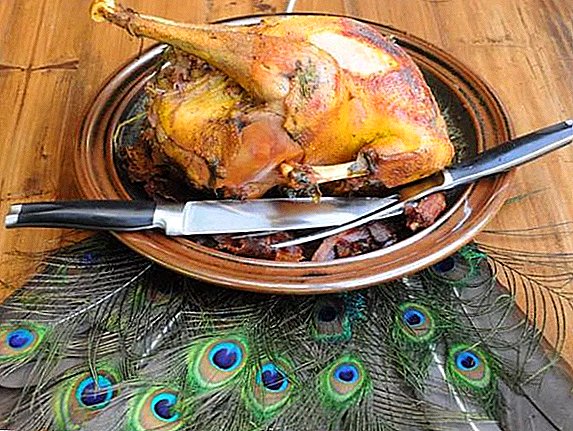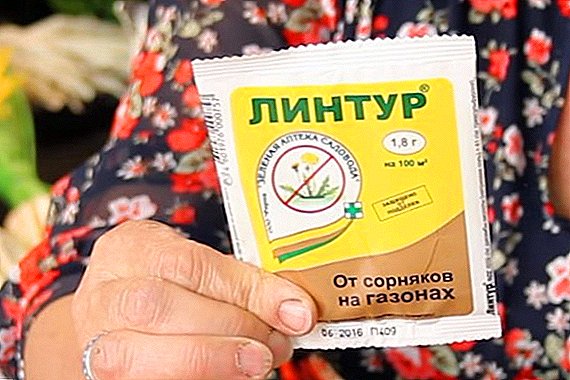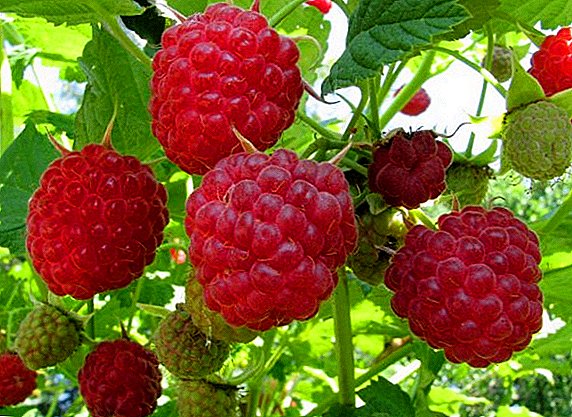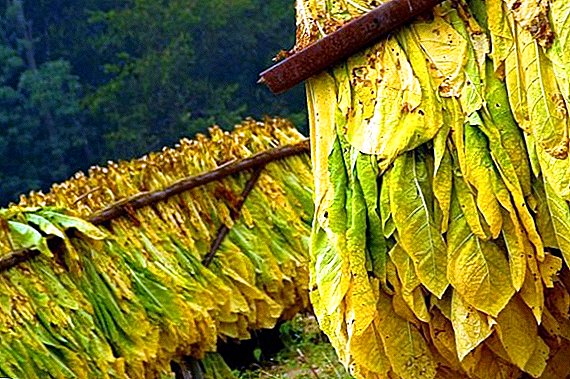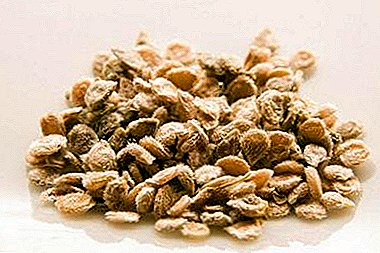
To ensure friendly shoots and to obtain a generous harvest from a bed of tomatoes, it is necessary to correctly prepare planting material for sowing into the soil.
Experienced gardeners know how to make tomato seeds strong and resistant to low temperatures and stimulate them to grow actively. This method is hardening.
In this article, you will learn how to temper properly and which varieties of tomatoes need this procedure more than others.
What is it and what is it for?
Hardening is a procedure that increases the resistance of planting material to cold and adverse environmental conditions. Tomato - thermophilic culture. At low temperatures of soil and air, seeds that have not undergone preliminary preparation die after planting.
Hardening allows planting tomato seeds in open ground a few days earlier than usual., accelerate the emergence of seedlings, as well as increase the resistance of the plant to the harsh conditions of unpredictable Russian spring.
Is there really an effect?
The popularity of hardening tomato seeds due to its high efficiency and a positive effect on crop quality. Effect:
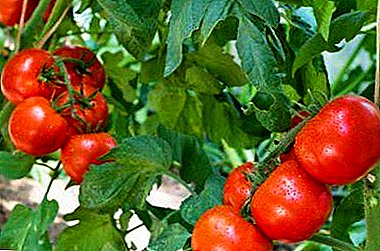 The tomato grown from the prepared seed grows well and develops at 10 ° С, when the culture usually stops growing at 12 ° С.
The tomato grown from the prepared seed grows well and develops at 10 ° С, when the culture usually stops growing at 12 ° С.- It is noted that tomatoes from hardened seed give 20-30% more yield than others.
- Tomatoes grown from hardened seeds are 40% less susceptible to fungal and bacterial diseases (including late blight).
- Shoots appear more amicably and earlier than usual for 7-10 days.
- Prepared seeds do not die even during short frosts, which allows you to land 1-1.5 weeks earlier than usual.
Vegetable growers also note that preplant treatment also affects the taste of fruits: they become more juicy and sweet. Seedlings of seeds prepared in this manner are also more stable and viable.
What varieties of tomatoes should be tempered?
To increase the resistance of seeds to environmental conditions, any variety of tomato should be hardened, regardless of the conditions of further cultivation: in open ground or in a greenhouse.
but more rest need hardening early ripe varieties:
- Sanka;
- Parodist;
- Marisha;
- F1 Legionnaire;
- Maxim;
- Cupid F1;
- F1 doll;
- Gina;
- Don Juan;
- Valentine;
- Benito F1;
- Explosion;
- Alpha;
- Aphrodite.
These varieties grow low (about 50-60 cm) and are suitable for cultivation in central Russia.
How to harden: step by step instructions
Before hardening the seed it is necessary to carefully sort and sort the large seeds of the correct form. - only they are suitable for further preparation. Then the seeds are disinfected, soaked and then hardened.
Among the many ways of hardening tomatoes before planting, there are two of the most popular: in the refrigerator and under natural conditions.
Important! Hardening is not suitable for crooked seeds: as a result of cold treatment, germinated planting material loses the integrity of the shell and begins to rot.
In a refrigerator
This is the easiest way to prepare the planting material for sowing. It consists in short-term treatment of seeds with negative temperatures.
 Instruction:
Instruction:
- Swollen seeds must be freed from excess moisture after soaking and placed in the refrigerator, setting the temperature in advance from 0 to -3 ° C.
- Leave for 20 hours.
- Remove from the refrigerator and leave at room temperature (about 20 ° C) for 5-6 hours to warm up.
- Put in the fridge again.
- Stages of cooling and heating should be alternated for 5-6 days.
Tips for hardening seeds in the fridge:
Under natural conditions
Instruction:
- Wet swollen seeds need to be wrapped in a cloth or put in a cloth bag.
- Store at room temperature for 12 hours.
- Take out the bag of seeds to the street and place it in the snow for 12 hours.
- This alternation takes 7-12 days, after which the material is ready for planting.
You must ensure that the temperature of the snow does not fall below -3 ° C, otherwise the seeds will die. To control use a thermometer, periodically lowering it into the snow. Vegetable growers are advised to put planting material in the snow during the day, and bring home at night - only this way you can monitor the temperature at which the seeds are on the street.
How to cope with problems?
The main mistakes that lead to the deterioration of planting material:
- cooling dry seeds;
- the use of seeds with reduced viability (harvested more than 2 years ago);
- subcooling seed.
Conditions for achieving the best result:
- It is necessary to ensure that the seeds remain wet during the hardening process, and slightly moisten them with water if they have dried.
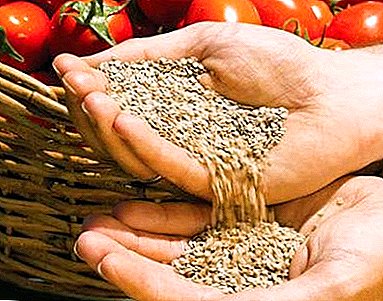 Do not quench old seeds - after the procedure most of the planting material loses its ability to germinate. Hardened only 1-2-year-old seeds that have not yet lost their strength.
Do not quench old seeds - after the procedure most of the planting material loses its ability to germinate. Hardened only 1-2-year-old seeds that have not yet lost their strength.- Only the seeds that are swollen after soaking are hardened.
- Before the procedure, it is necessary to sort and discard all the small seeds of irregular shape - such material is not suitable for planting.
- Hardening will give the best effect only in combination with other preparatory procedures (disinfection, bubbling, soaking).
- If seeds are purchased, you need to examine the label: they may have already been hardened. Repeat the procedure can not be.
- For more complete hardening, it is recommended to gradually increase the residence time of the planting material at a low temperature - this way the seeds will get used to cold more quickly.
- When hardening on the street should avoid windy weather.
Presowing hardening of tomato seeds is a guarantee of high resistance of the crop to low temperatures and a tasty rich harvest. Many do not consider this procedure necessary, but to obtain the best result, hardening tomato seeds should be necessary.


 The tomato grown from the prepared seed grows well and develops at 10 ° С, when the culture usually stops growing at 12 ° С.
The tomato grown from the prepared seed grows well and develops at 10 ° С, when the culture usually stops growing at 12 ° С. Do not quench old seeds - after the procedure most of the planting material loses its ability to germinate. Hardened only 1-2-year-old seeds that have not yet lost their strength.
Do not quench old seeds - after the procedure most of the planting material loses its ability to germinate. Hardened only 1-2-year-old seeds that have not yet lost their strength.